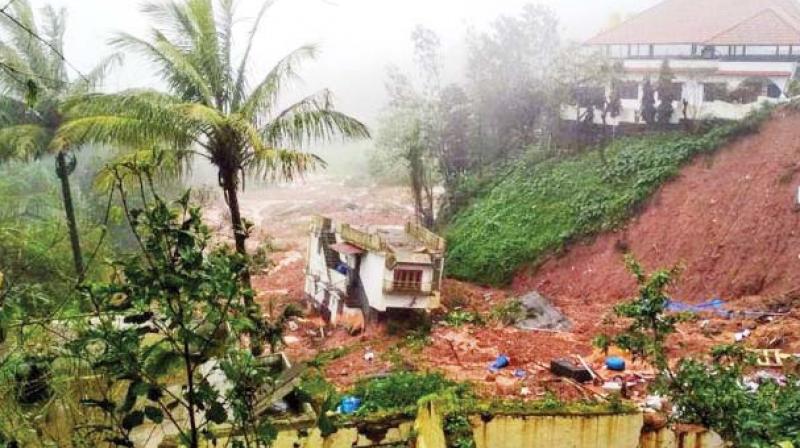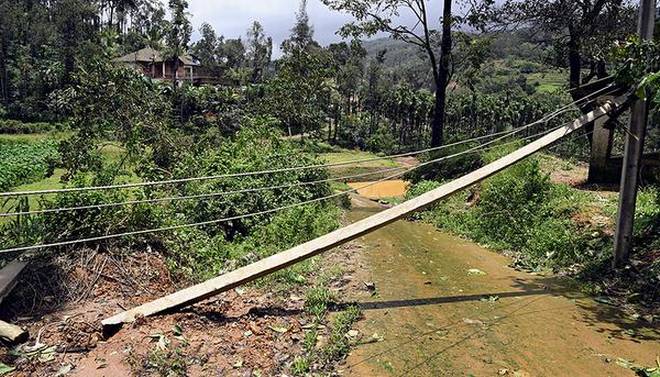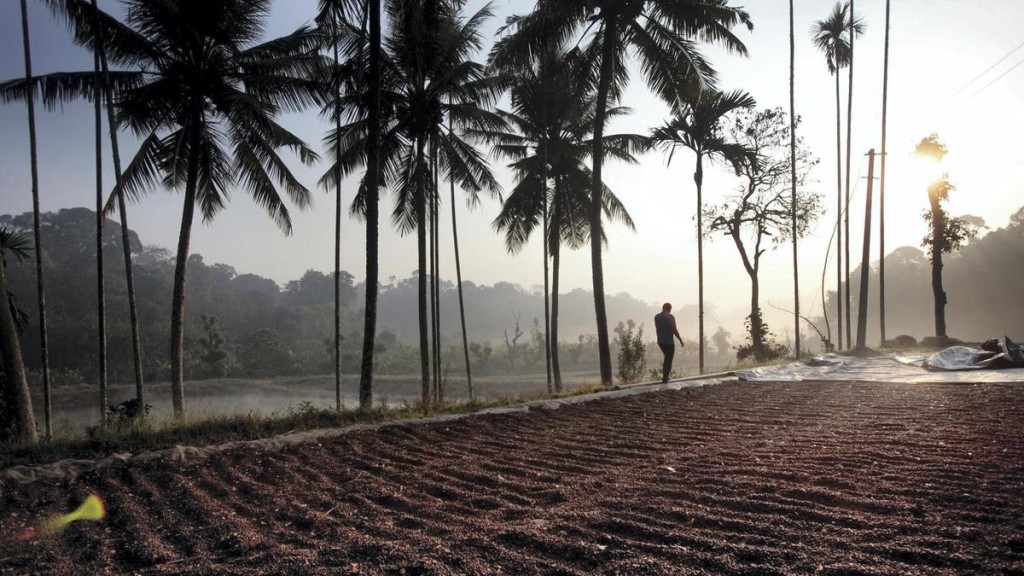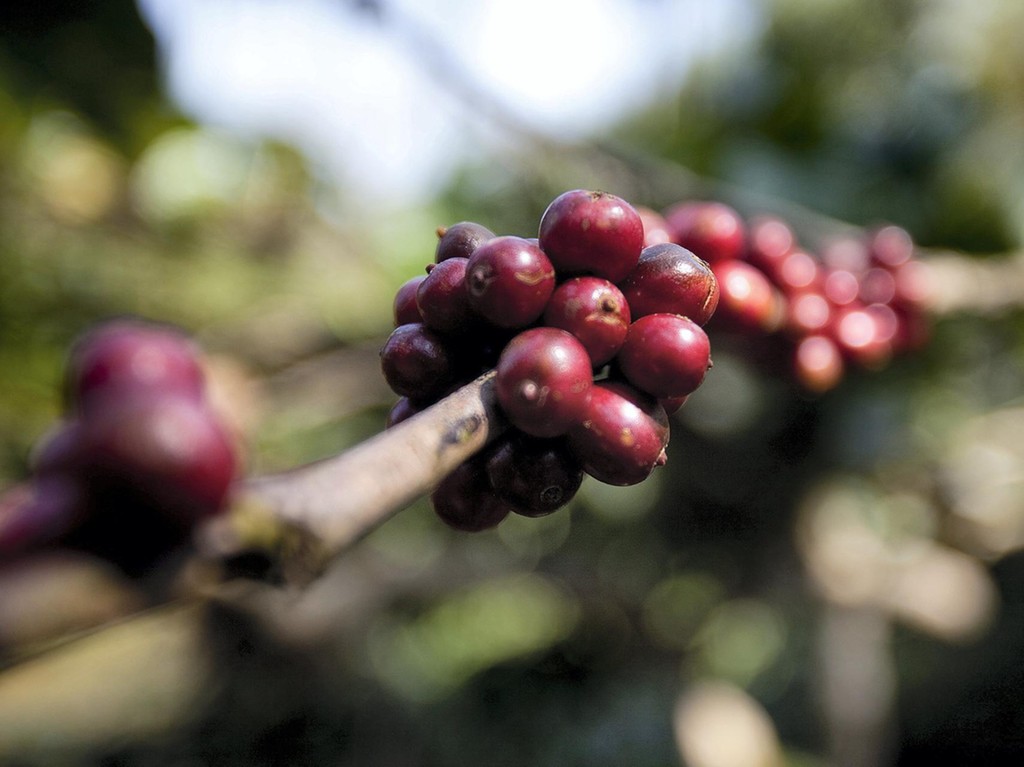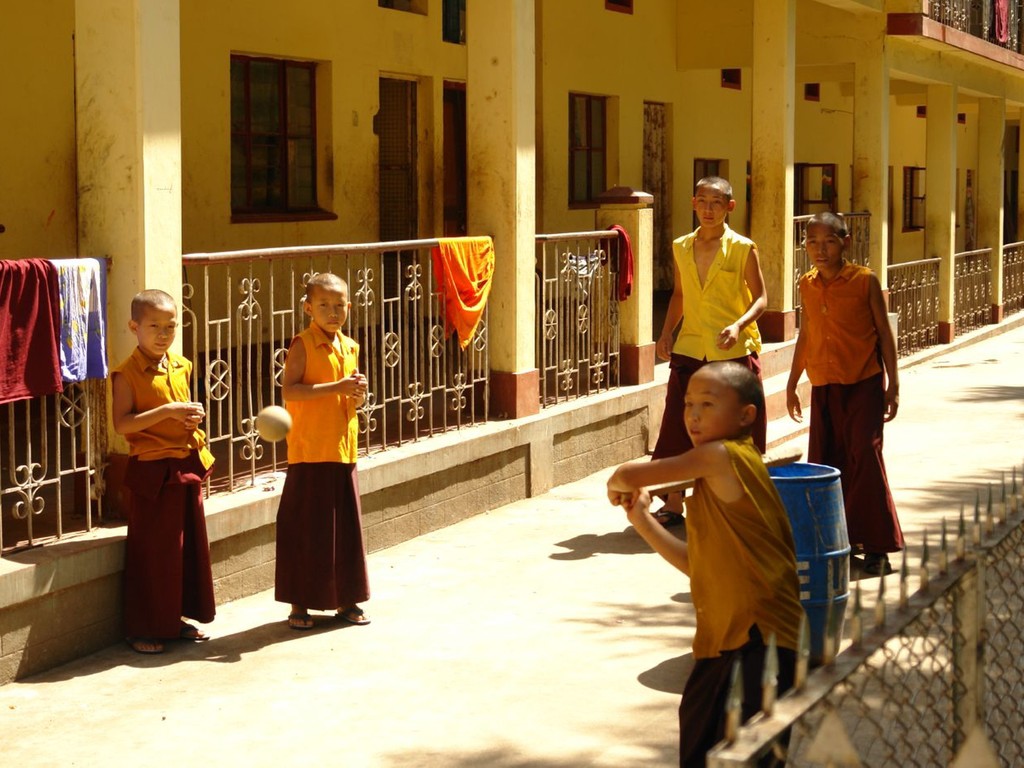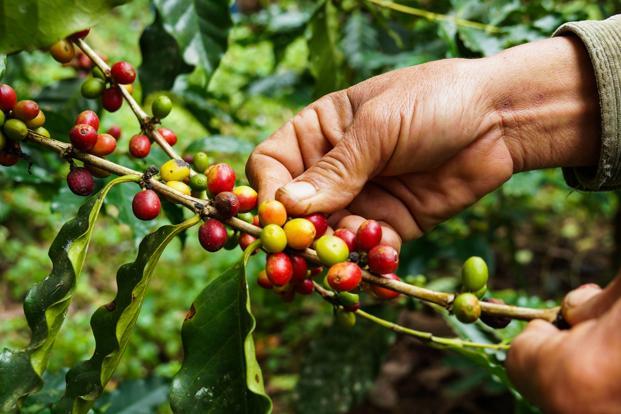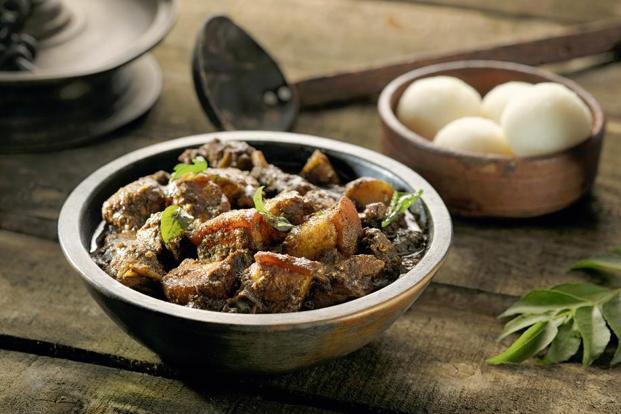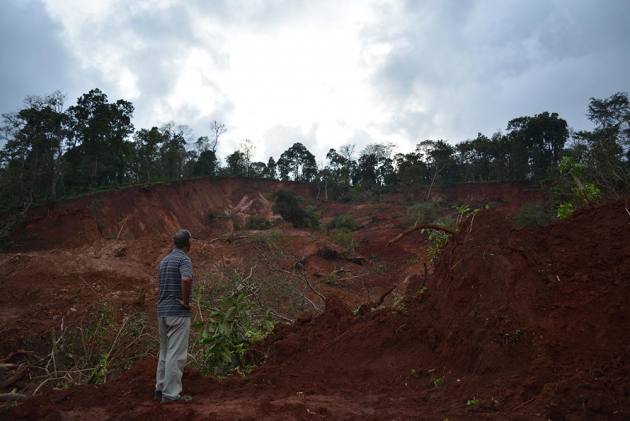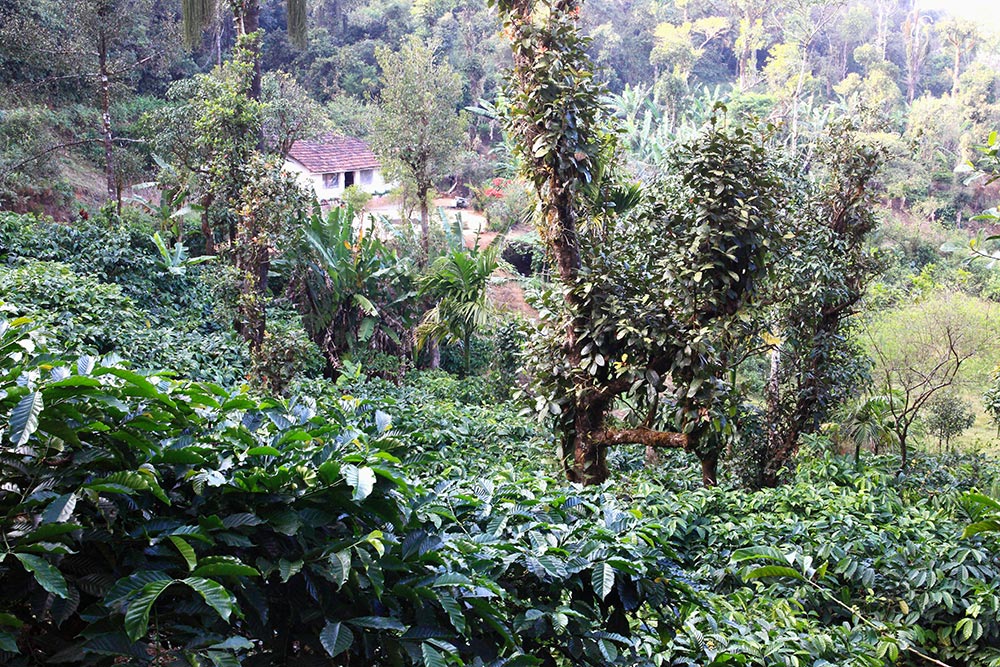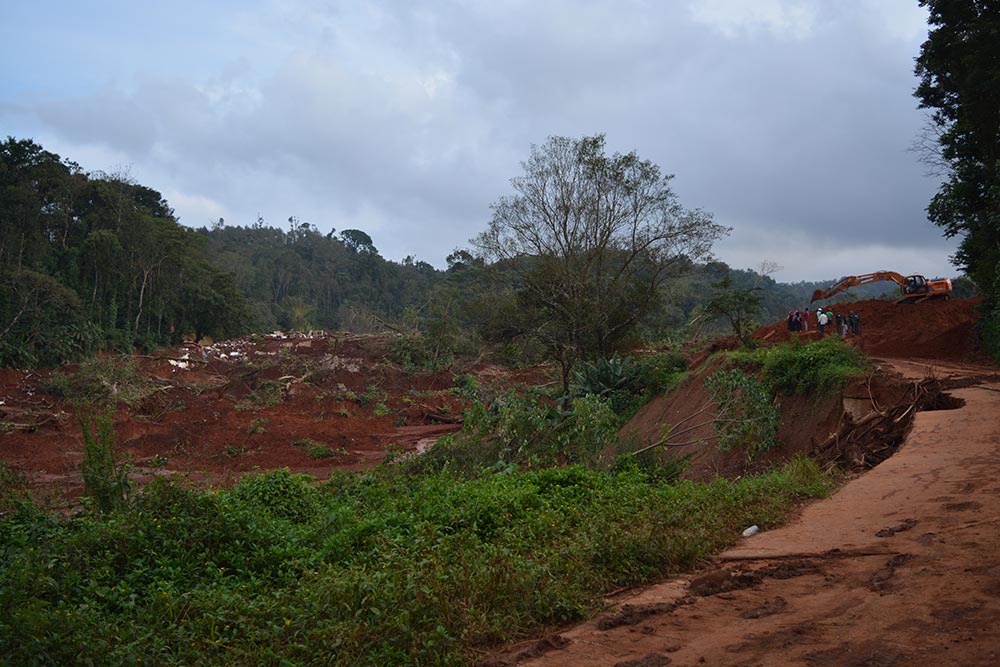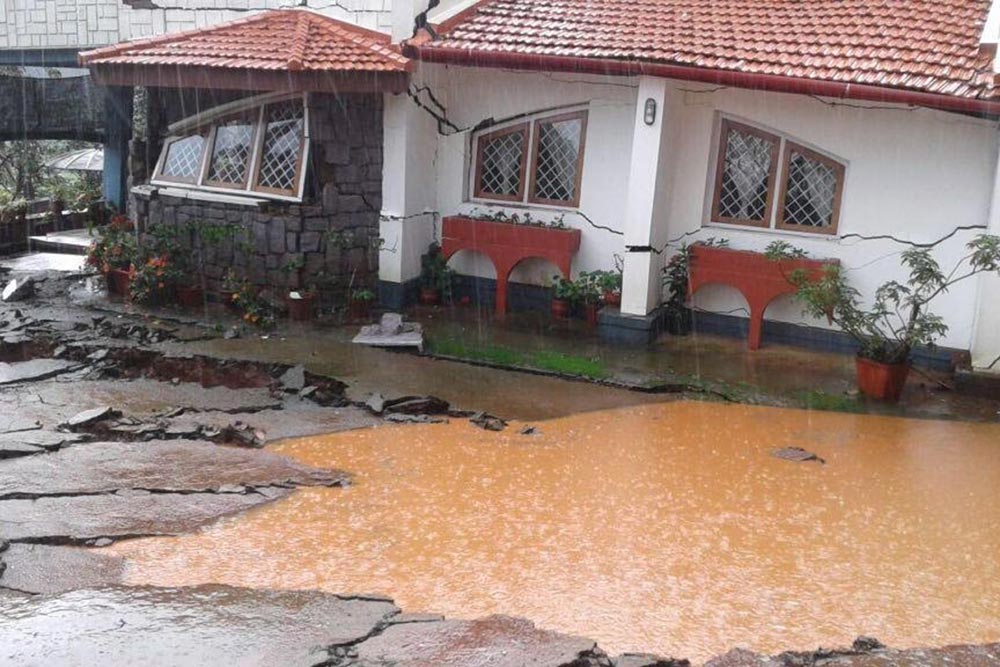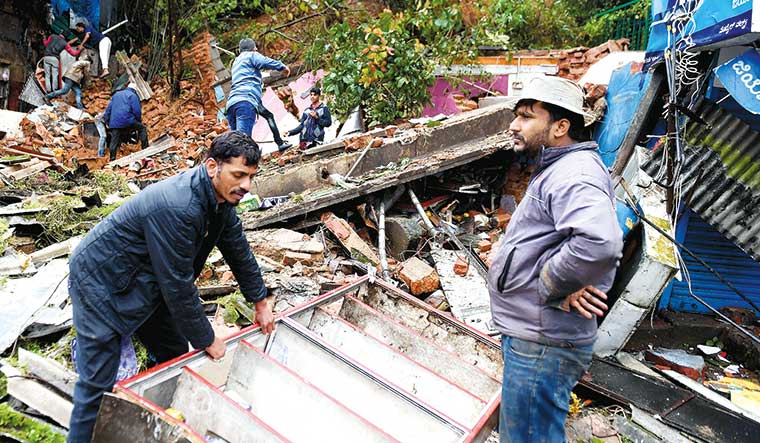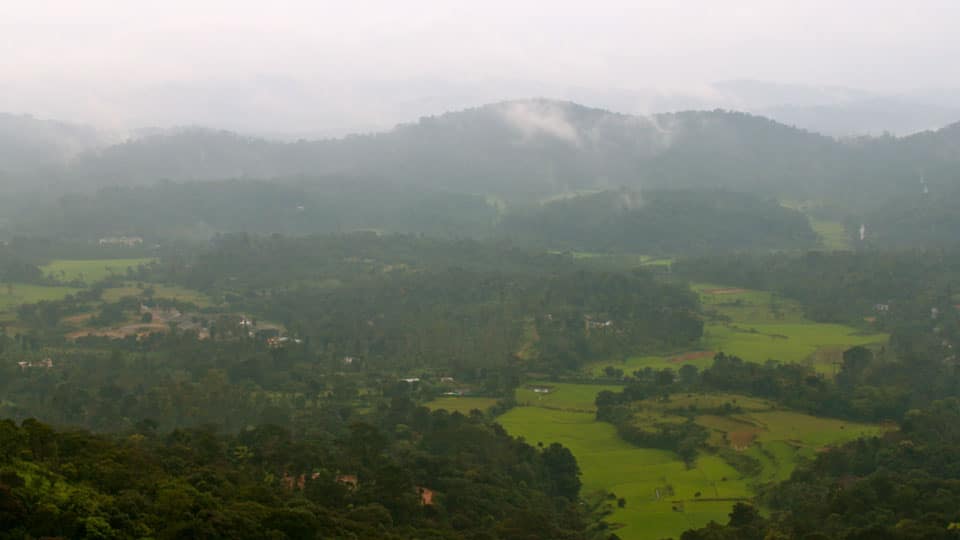In Kannada, we have a proverb that can be loosely translated as “giving one’s hands and cuff too”. It indicates a situation where one unwittingly lands in a predicament due to one’s own mistake. We have several proverbs in Kannada that convey the same meaning, one even suggesting inviting a passing by ghost to come in and have a feast. (Beedeel hogo marina manege karedante)
A letter written by senior author S L Byrappa to the Chief Minister suggesting that Karnataka should seek help from Tamil Nadu to rebuild flood-ravaged Kodagu can best be described thus – inviting trouble. His reasoning is that since Tamil Nadu is the “biggest beneficiary” of Cauvery water and as the river originates at Talakaveri in Kodagu, it should contribute in a big way to rebuild Kodagu.
If all were well with Tamil Nadu, Karnataka could have asked for help, but TN has never tried to hide its exaggerated claims on Cauvery water. Even when Karnataka reels under famine, resulting in a large number of farmers committing suicide, our neighbour is unmoved and holds on to its demand for Cauvery water. Now, if the State seeks help from TN and if it agrees and does give funds, then TN will declare all the more brashly that the river “belongs” to it. A previous example is the Mulle Periyar dam, which is in Kerala but TN ‘owns’ it as a result of an agreement made more than a century ago, during British rule.
If we go ahead, Karnataka will be forced to give up its right over the river and when the Tamils claim ‘Cauvery belongs to us’, Kannadigas will not have grounds to debate the claim.
Interestingly, S L Bhyrappa made this suggestion to ask TN for help recently at a special lecture series on “Current social and environmental affairs of India” at BM Sri Hall, at Manasagangotri, Mysuru. The lecture was jointly organised by H M Nayak Foundation and Kuvempu Institute of Kannada Studies. Now, all the four names associated with the lecture program – B M Srikantaiah, H M Nayak, Kuvempu and Manasagangotri – have strived all their lives for the betterment of Kannada, Karnataka, its culture and natural resources.
B M Srikantaiah’s inspiring speech 100 years ago about the lack of pride in Kannadigas and how it is the need of the hour to kindle pride and honour among Kannadigas is evergreen. Kuvempu would never agree to beg a neighbour to safeguard the State’s interest. He was instrumental in starting Manasagangotri at Mysuru and shifting the post graduate centre from Madras. Though he completed his MA in Kannada from Presidency College, Madras, he insisted that the Mysuru State required its own university. Definitely, he would not have approved of begging TN for help, as wouldn’t any other proud Kannadiga.
The TN government has consistently been in a position of advantage with regard to Cauvery water. To suggest that Karnataka seeks help from TN can only be described as suicidal and nothing short. Let us all chip in and rebuild Kodagu.
Then, there is another suggestion to build a huge statue of Cauvery and develop a Disney Land kind of amusement park at KRS dam. Who gets such ideas or who gives such ideas to the government? What is the need for it? Experts are slamming the idea saying it will be dangerous for the dam. Also, in the river/dam basin only irrigation /water storage activities must be carried out instead of indulging in amusement parks to attract tourism. Hence, the government should abandon the ideas of a statue and ‘Disney Land’ at KRS dam.
The statue culture, which Tamil Nadu defined some decades ago, is diminishing. The Statue of Unity is out of the purview of this debate as is the one of Mayawati. Now, a huge statue of Rama is being planned, which is altogether a totally different debate. A river takes its birth in a small way and then expands. The same is seen with Cauvery. Why should we have a huge statue of Cauvery? The one that is already there at KRS is small, beautiful and is being worshipped regularly. That is enough.
source: http://www.bangaloremirror.indiatimes.com / Bangalore Mirror / Home> Opinion> Others / by Pratibha Nandakumar, Bangalore Mirror Bureau / November 19th, 2018
